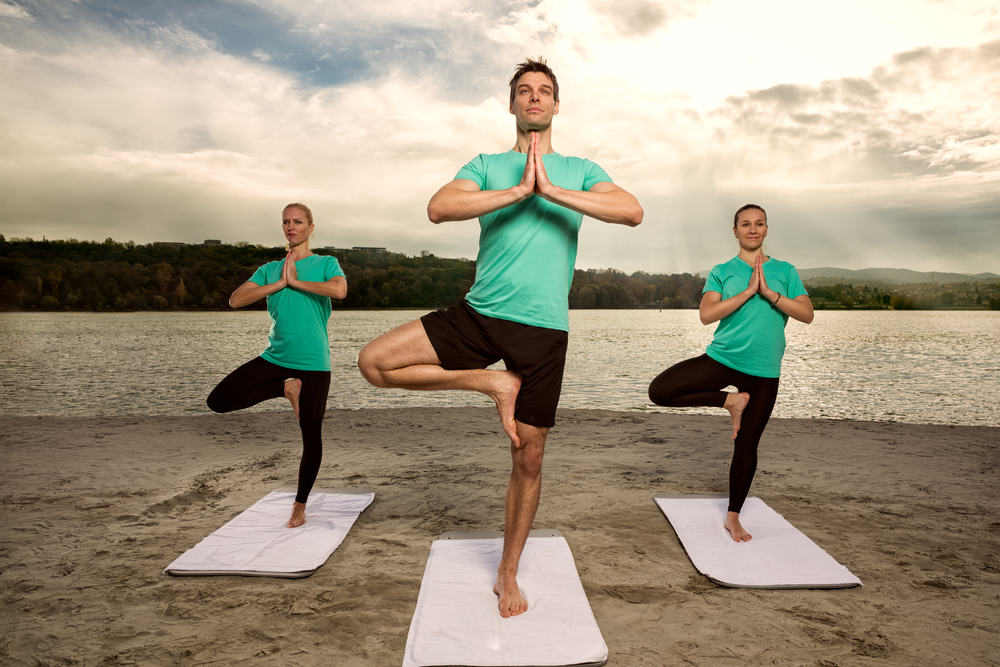Muslims all around the world are fasting in the holy month of Ramadan and several things in daily schedule will change. You have to wake up early in the morning to eat sahur, then fasting until iftar. You’ll be likely to feel drowsy, sleepy, and lack energy during the day as well. How about your workout schedule? It seems not cool to hit the gym on an empty stomach and without any water, right?

Ramadan is a month of abstinence, introspection, and a time to capitalize on every precious moment, but it does not necessarily mean that you cannot go to your regular workout schedule. In fact, exercise while fasting may actually keep our brain, neuro-motors and muscle fibers biologically young.
However, depending on your condition, you may not want to have the same exercise schedule and routine like the ones you have outside Ramadan. Here are some things that you need to know to make workout during Ramadan a little bit easier:
Know your own body
Dr Joseph Mercola, a popular health activist said that you have to use your own “common sense” in this situation. If you really struggle with fasting, then it may be better if you postpone your gym membership during the month. However if you feel the opposite, it may be fine for you to hit the gym like usual. Just remember to not too overdo the exercise to avoid dehydration and injury.
Adjust your time
Many experts recommend those who are fasting to exercise around an hour to 30 minutes before iftar, so that your fast-breaking and post-workout snack will be one the same time. You could also opt to exercise after you break the fast (with minimum water and light sweet snack/fruit), so that your main iftar meal acts as your post-workout recovery. You could exercise after your main evening meal, then have snack after that if you’re still hungry. The last option you can choose is to exercise before sahur so that your morning meal comes right after your exercise.
Adjust the intensity

Look at your regular workout routine. Does it include an hour of yoga plus one session of spin class? Or how much weight do you lift usually? During Ramadan, it is highly recommended to adjust (in this case is decrease) the intensity of your workout. On a typical Ramadan day you have to fast for 8 to 10 hours, plus your daily busy day. Under those circumstances, pulling off your usual intensity is kind of hard to do. So, if you lift, reduce the weight. If you go to 2 group exercise classes a day, maybe you want to consider going only for one class. Just go easy on yourself, so that your Ramadan and your fitness goals can run smoothly.
Change your approach a little bit
Just for this month, make your approach to exercise during Ramadan about maintenance rather than progress. Like the previous point, you can do this by adjusting your workout routine so that it’s just not as demanding as it is the rest of the year.
Learn some new skills

If the thought of making muscle gains in a month is too much to bear, consider making progress in technique or skill. If you’ve been trying to nail a new yoga pose, spend some time working on it. Or if you take a break from lifting super heavy, you can use the gym to, for example, perfect your squat form. Just think of things you can do that have to do with quality of movement rather than intensity or quantity.
Do not skip morning meals
Morning meals or sahur is the perfect time for you to fill up your energy before fasting for the next 8 to 14 hours. Make sure that the meal is full with nutrition and you drink plenty of water. If you skip it, it’s not only your workout that will probably feel terrible—you’ll be lacking on energy during the day and you’ll also be more likely to overeat at iftar.
Who says you cannot exercise during Ramadan? You can do it if you know the right time to do it and the type of exercise suits your condition the best. Always listen to your body, when you feel like you can’t do it, it’s better to stop.





